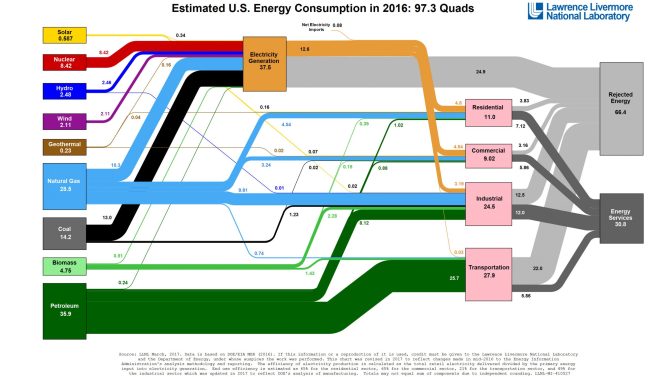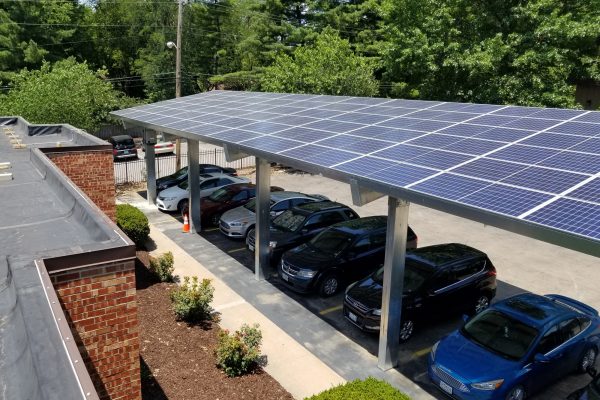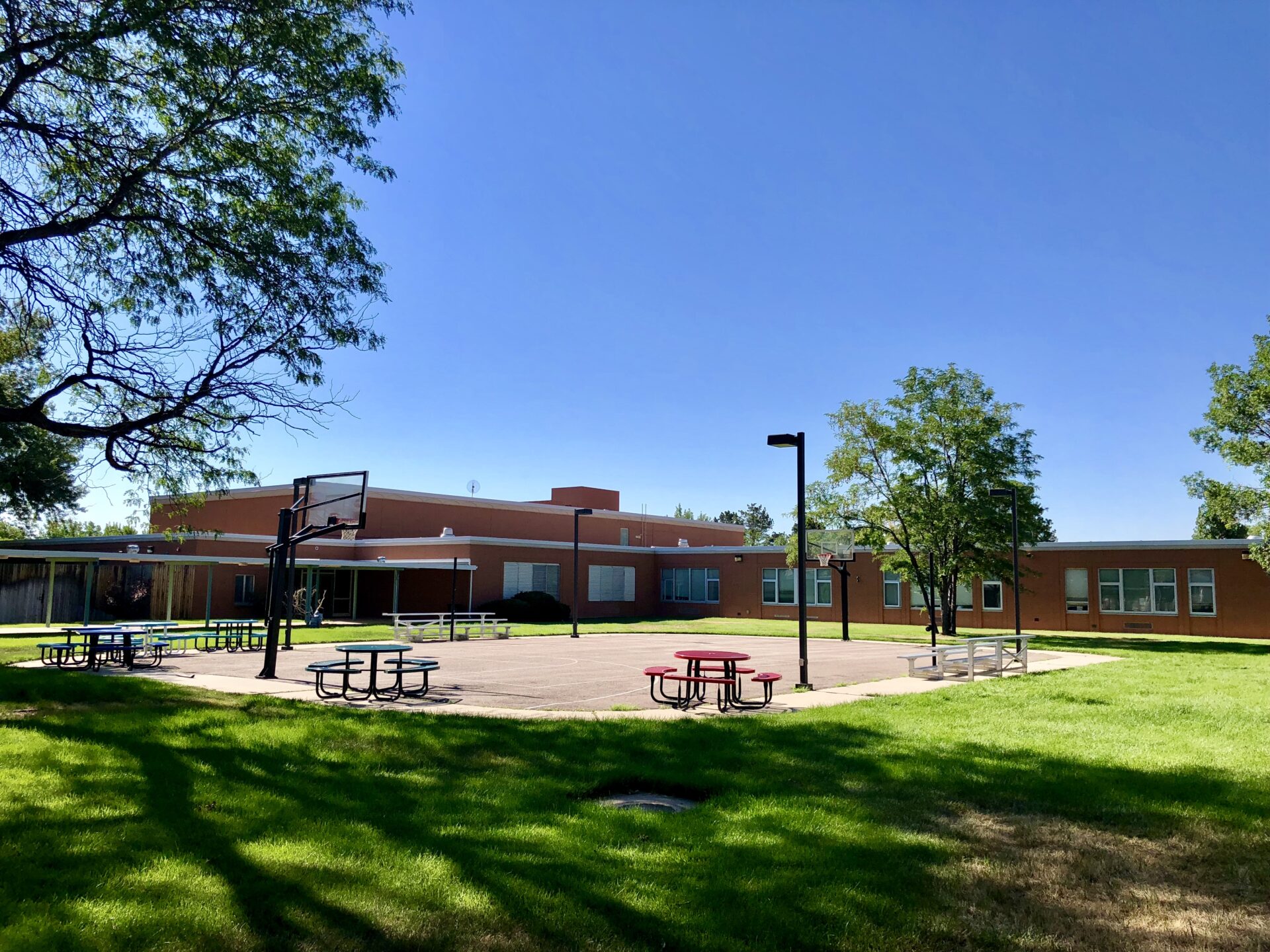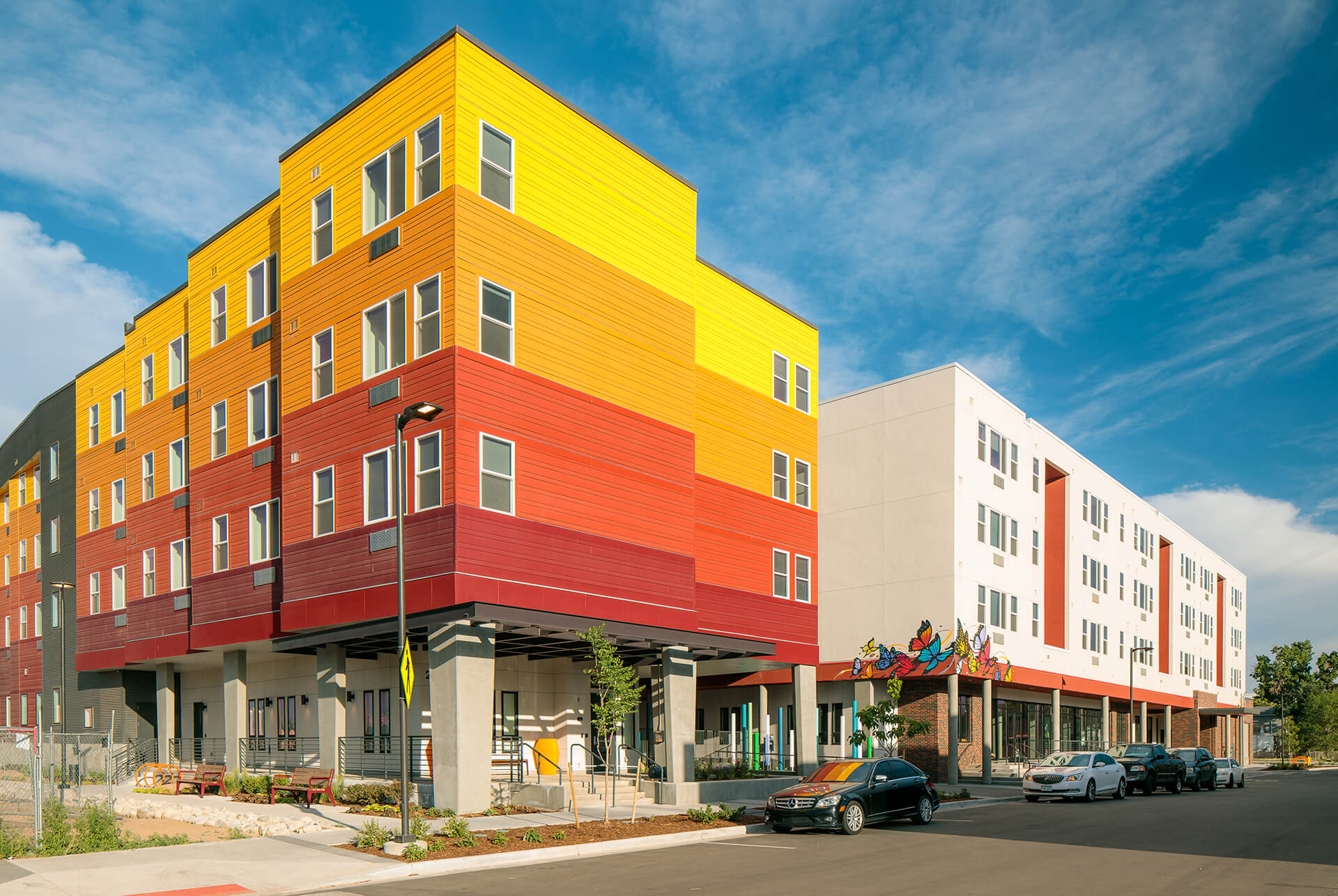
Founded in Columbia, Missouri, in 2010, Energy-Link is an energy services company (ESCO) providing a full scope of services to help businesses improve their overall energy output through various energy efficiency and renewable energy upgrades. The company provides engineering expertise, procurement of equipment and construction (EPC) to manage a project from start to finish. With an initial focus on residential properties, Energy-Link eventually transformed its services to include commercial clients and has worked on more than 15 large-scale energy efficiency projects for commercial businesses to date.

According to the Lawrence Livermore National Library (LLNL), nearly two-thirds of the energy produced each year in the United States (both through renewable and unrenewable sources) is wasted. LLNL attributes this waste primarily to inefficient energy systems, and that the U.S. could drastically decrease our energy usage with no additional carbon offset if we improved upon our current systems.
Electricity is primarily produced from coal and natural gas, and nearly 66% of the energy created (24.9 quads) is lost during the production process. To fully grasp the magnitude of wasted energy, the country’s total global energy budget is roughly 575 quads. The energy flow chart below shows each energy source and where it is diverted for use. With homes and commercial buildings often wasting energy through antiquated utilities and HVAC systems, the need for energy-efficient upgrades is a necessity not only to reduce waste but to provide a positive environmental impact as well. Today, the majority of renewable energy produced (including solar, nuclear, hydro, wind, and geothermal power) is dedicated to electrical production.
The concept of energy efficiency is not new, with efficiency standards placed on appliances beginning in 1987. With a goal of using less energy to perform the same task, these standards saved American consumers $63 billion on their utility bills in 2015 alone and have helped the United States avoid emitting 2.6 billion tons of carbon dioxide. This is equivalent to the annual emissions of 543 million cars.

One of Energy-Link’s noteworthy projects is the Doctor’s Park Net-Zero project. In a net-zero building, renewable sources produce enough energy to completely offset the building’s energy consumption. The medical campus incorporated significant energy improvements, including a rooftop solar array along with a solar carport installation, which generates 126 kW of power. The carport, pictured below, was installed to increase the overall solar power generation. Additional energy efficient upgrades and installations included HVAC controls, new LED fixtures, and a lithium-ion battery charged from through the grid and solar array. To date, the project has proven incredibly successful. Doctor’s Park sees an annual utility savings of $22,143 and a reduction in nearly 400,000 pounds of carbon dioxide.
Urban Land Conservancy (ULC) strategically incorporates green building features into our developments, recognizing the critical need for environmental action in real estate development. In 2013 ULC installed two solar arrays at Tramway Nonprofit Center, one of our organization’s first real estate investments. In just one week, the Tramway solar arrays produced over 6,000 kW hours of electricity. This is equivalent to the carbon emissions of 554,729 smartphones charged, 4,756 pounds of burned coal, or 490 gallons of gasoline consumed. The environmental impact of each solar array can be tracked remotely here and here. ULC’s Oxford Vista property, a 31-acre campus in Southeast Aurora acquired in 2018, was a prime candidate for a major systems upgrade that could result in increased energy efficiency. Energy-Link’s expertise and proven track record made them a natural partner for ULC’s $3.2 million sustainable energy capital improvement at Oxford Vista, launched in April of this year.

Formerly the Excelsior Youth Center, Oxford Vista currently serves as the AmeriCorps NCCC Southwest regional headquarters. In May 2018, ULC accepted the Excelsior Youth Center donation as the former Board searched for a real estate steward to retain the property for permanent positive community benefit. According to Energy-Link, the Oxford Vista energy improvement project is one of the company’s most involved and exciting projects to date.
“The environmental impact of the improvements, upgrades, and installations made will bring this 1960s outdated and inefficient property to the highest of energy standards, even compared to new construction,” said Chris Ihler, CEO and Co-Founder of Energy-Link. We anticipate that the upgrades will reduce the campus’ electric consumption by 1.28 million kWh annually and save the equivalent of nearly one million pounds of coal burned each year.”
The sustainability project, which is slated to last between four and six months, will include a variety of energy-efficient upgrades that are expected to convert thirteen of Oxford Vista’s seventeen buildings to net-zero energy usage in the first year. A state-of-the-art Daikin water-cooled variable refrigerant volume (VRV) system will be installed to replace the outdated boiler and chiller systems. The water source will be provided by a geothermal field, which will help regulate the temperature of the refrigerant coursing through the building, pulling from underground water sources that remain at a constant temperature year-round. VRV water-cooled systems utilize this consistent temperature by exchanging heat with the earth through a ground heat exchanger. Geothermal exchange saves energy by reducing the load on electrically powered compressors that cool the refrigerant running through the building.

Energy-Link will also install a remote building automation system (BAS) to regulate and control the HVAC systems during each season of the year. LED light fixtures will replace fluorescent and incandescent bulbs, bringing higher energy efficiency and better lighting quality. All single-pane aluminum frame windows with be replaced with double-pane vinyl windows, significantly improving the overall building envelope. Finally, Energy Link is constructing a 440kW solar array and carport structure that will bring a renewable energy source to the Oxford Vista campus. This renewable energy source will tie into the BAS to achieve significantly less stress on the grid due to the system’s programmed demand management logic.
“ULC places significant focus on working to get our properties to net zero, and we are very excited to kick off our largest sustainable energy improvement project to date,” said Aaron Miripol, ULC President and CEO. This work not only benefits the hundreds of AmeriCorps members and staff on the campus, but it will also lessen the burden on the electrical grid and reduce our greenhouse gas emissions in the neighborhood.”
With a strong commitment to environmental sustainability, ULC is proud to partner with Energy-Link on this significant project that will have such an important environmental impact. The upgrades at Oxford Vista will have an immediate impact on the campus and allow ULC to further succeed in our mission of increasing affordability for community-minded organizations. We are looking forward to the completion of this exciting project and would like to thank Energy-Link for their tireless efforts in making Oxford Vista an environmentally sustainable campus for years to come!
To learn more about Energy Link, please visit their website here.


